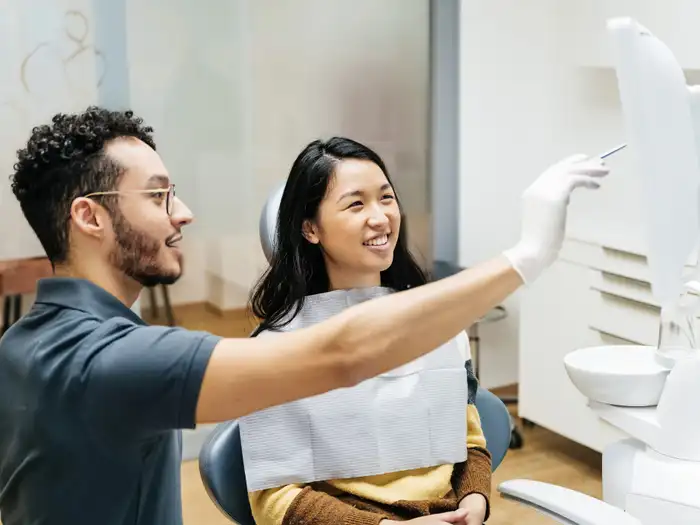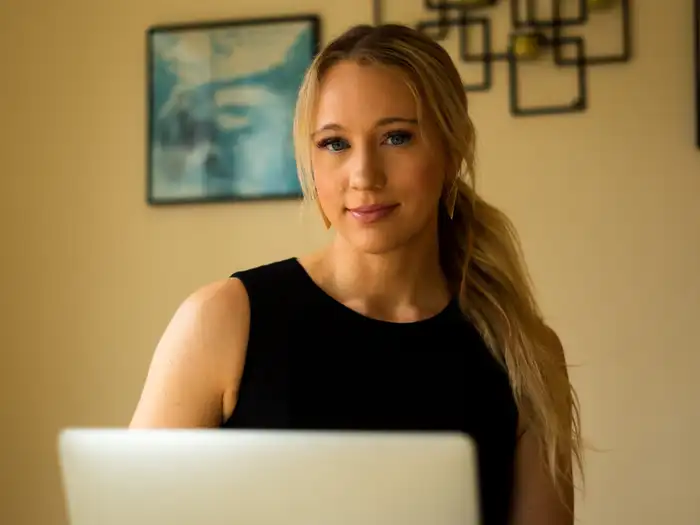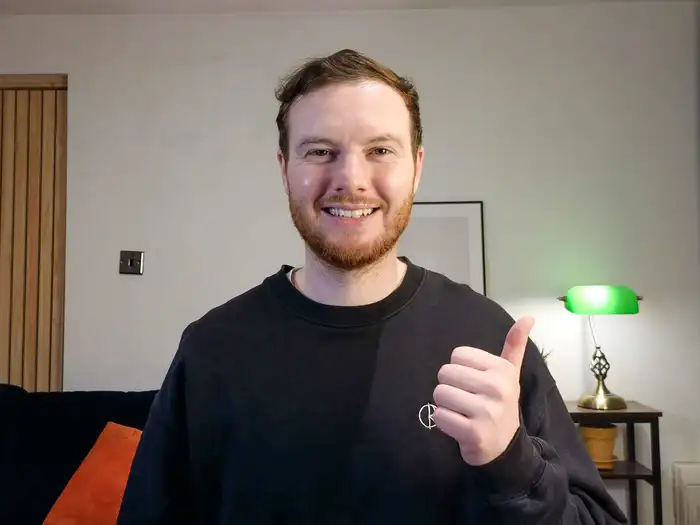From dentists to lawyers, how 10 professionals are using AI to save time

Tina Willis (left), Robert Benson-May (center), and Tricia LaRue (right) have all used AI to save time at work.
If you’re not using AI technology at work, you could be missing out.
That’s because a growing number of workers across the globe are using AI tools like ChatGPT on the job — and many say doing so is saving them precious time.
It’s not just coders and writers who have found these tools helpful. In recent years, a growing number of professionals in other fields, like dentistry and law, are also leveraging AI to save time.
A survey of 31,000 global knowledge workers conducted in February and March by the research firm Edelman Data & Intelligence on behalf of Microsoft found that 75% of them were using AI at work. Nearly half of users said they started using AI in the prior six months, and 90% said the tech helped them save time. In the survey, knowledge workers referred to people who “typically work at a desk” — whether it be in the office or at home.
To be sure, some people may work for employers who restrict their use of AI, and AI tools sometimes produce flawed or inaccurate information that could ultimately force users to dedicate more time to a work task. But if used correctly and cautiously, several workers from a wide range of industries told B-17 that these tools can save them hours of time each week.
While some of these workers voiced long-term concerns about AI’s potential to replace them, many said that for now, becoming an AI expert could be the best thing for their careers.
Here’s how 10 people are using various artificial intelligence technologies to boost their productivity on the job.
Psychiatrists

Ozan Toy (not pictured) said he’s used the AI tool Freed AI to save time documenting patient visits.
Ozan Toy, a psychiatrist and chief medical officer for an online psychiatry and therapy service, said he and other clinicians at his practice have recently started to use an AI program called Freed AI to help take notes during appointments with patients.
“Documenting visits has long been a difficult part of the process of completing visits with patients,” Toy, who’s in his 30s and based in Maryland, told B-17 via email. “This program essentially listens to visits as they are completed and helps generate a basic version of documentation for our practice’s visits,” he added.
Toy said adopting this technology has cut down the time clinicians spend documenting their visits. He said clinicians can edit the AI-generated notes to correct any errors, and that the practice asks patients to consent to be recorded through paperwork that is filled out before their first appointment.
Dentists

Dan Munteanu (not pictured) said he’s used AI technology to help create dental crowns and analyze X-rays.
Dan Munteanu, a 40-year-old dentist based in Quebec, Canada, said his clinic is using AI technologies to save time.
For example, he said the AI technology 3shape has helped create dental crowns from a digital impression that can be “milled” or 3D printed in the office. Munteanu said this tech was first implemented in his clinic last year and that his colleagues “loved the quality of the crowns and the efficiency of the workflow.”
“AI crown design saves 15 minutes for each crown design,” Munteanu told B-17 via email. “On average if a dentist does four crows in a day, he can save an hour of work.”
Additionally, he said the AI technology DTX studio scans the dental X-rays the clinic takes of patients and helps identify any areas of concern.
“Sometimes we can be focused on a specific issue or tooth the patient has a concern about without necessarily looking at the big picture,” Munteanu said. “In those cases, the AI tells us: ‘Doc, look over here, something is not right!'”
Munteanu said the clinic has been using this technology for three years but that it was updated a few months ago. He estimated that using it saves the clinic “a couple of minutes per appointment.”
AI tools could eventually assist with customer service at Munteanu’s clinic, but he said the technology needs to improve significantly before it can be trusted with patient information.
Lawyers

Tina Willis said she’s used ChatGPT and Claude to research cases as a lawyer.
Tina Willis, a 54-year-old injury and accident lawyer based in Orlando, said she uses the AI tools ChatGPT and Claude to conduct research for cases she works on.
“I think AI vastly speeds up my research, and I get more comprehensive answers when researching almost any issue,” Willis, who runs her own practice, told B-17 via email.
However, she said she’s careful to not put too much trust in the AI responses.
“I double-check that work carefully because AI definitely can hallucinate and even contradict itself,” she said.
James Peacock, a 27-year-old estate lawyer in his 20s, found ChatGPT particularly helpful for one work task: summarizing.
“I’ve been copying the content of unreported cases into it and asking for a summary and it’s able to pull out all the key facts and implications of a case, accurately, in seconds,” he previously told B-17. “This saves a lot of during research.”
Coders

Ankit Anchlia said he’s used AI tools to improve his code.
Ankit Anchlia, a 36-year-old software engineer based in Texas, uses ChatGPT and Claude to improve his code and identify potential bugs. He said this tends to save him a “good chunk” of time, between a few minutes and an hour, depending on the task.
“I know AI-powered tools are continuously improving and can perform many of the same tasks that software engineers do, but I feel software engineers who can embrace AI and develop new skills will be in demand,” he told B-17 via email.
James Delage, a 28-year-old resource manager based in Minnesota, estimated that he saves between 15 and 20 hours a week using ChatGPT for “manual tasks,” including writing emails, organizing project data, and drafting code.
“I don’t feel it’s a race against the clock before AI takes my job, but that AI is a tool that’ll need an operator,” he previously told B-17 via email.
Marketing professionals

Tricia LaRue said she’s used ChatGPT to write press released and conduct data analysis.
Tricia LaRue, a Missouri-based marketing professional, uses AI tools to help generate proposals, scripts, press releases, and social media content. She said she pays for the premium version of ChatGPT so she can upload spreadsheets and conduct data analysis to inform marketing strategy and campaigns.
“I don’t think that we’re at a point where AI can replace a competent team from a marketing agency,” she previously told B-17 via email. “Those who utilize AI effectively and strategically will not be replaced.”
Copywriters

Gabrielle Gerbus said she’s used Jasper and ChatGPT to speed up her communication with clients.
Gabrielle Gerbus, a 29-year-old freelance branding specialist based in California, said her work primarily consists of copywriting and brand strategy.
She said the AI tools Jasper and ChatGPT have helped her draft responses to clients — many of whom ask similar questions. She estimated that this saves her about four to five hours a week.
“I get sometimes 20 messages a day from clients,” she previously told B-17 via email. “If I responded to all of these manually I would spend hours a day just responding to messages. With ChatGPT, I can plug in my tone and brand voice and cut that time down significantly.”
Bloggers

Robert Benson-May said he uses ChatGPT and Claude to help write blog posts and create SEO tools.
Robert Benson-May, a 29-year-old part-time newsletter writer based in the United Kingdom, said using ChatGPT has saved him time during the writing process.
“I use it to create draft articles and Reddit posts for me, and then I edit the drafts to improve them further,” he told B-17 via email.
Additionally, he said he’s used the AI tool Claude to help him create small SEO tools and calculators.
Benson-May said he’s somewhat concerned that AI tools will be increasingly used to generate a deluge of “spam blog articles” and social media posts in the years to come — which could make it harder for people to find his content.
“I’m trying to stay ahead of the curve by using the tools in better ways than other people,” he said.
Account managers

Sainag Nethala, an account manager, said he’s used AI tools to draft emails and transcribe meetings.
Sainag Nethala, a 32-year-old technical account manager based in Illinois, uses ChatGPT, Claude, Grammarly, and Otter.ai to draft emails and reports, transcribe meetings, and proofread his writing. He estimated that these tools collectively save him about 10 to 15 hours a week and that his employer is supportive of employees using AI tools.
“ChatGPT and Claude AI are fantastic for drafting emails and reports,” he told B-17 via email. “They help me structure my thoughts and get a solid first draft quickly.”






